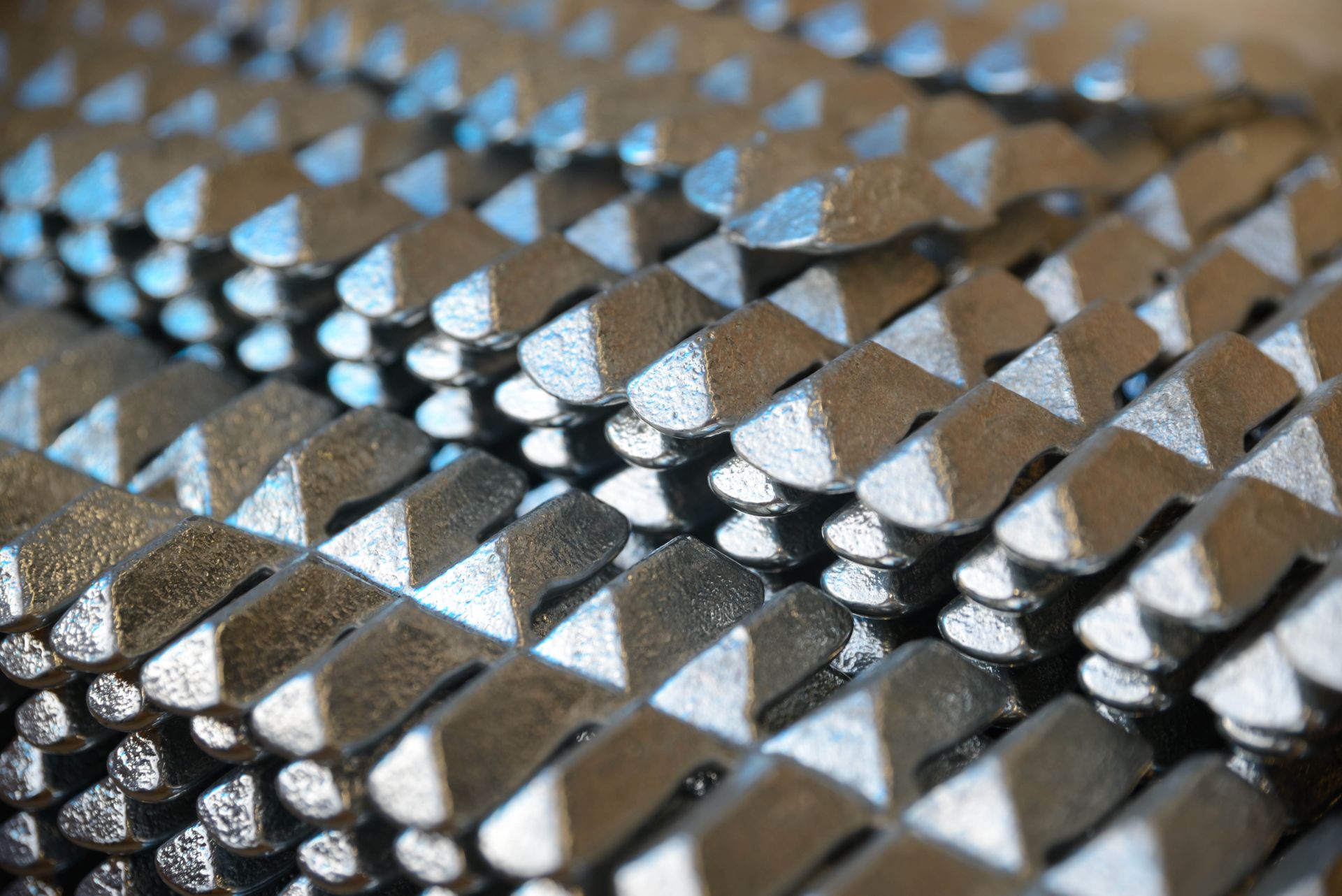Thanks to its wide range of applications, zinc has become a staple in alloys across multiple industries. From bolstering corrosion resistance to galvanizing steel, zinc sees continuous demand worldwide. Some manufacturers may be unaware of the difference between zinc-dominant alloys, also known as the hypoeutectic Zamak. With nearly 15% of the world’s zinc being used for alloys, it’s important to understand the benefits manufacturers are consistently rewarded with when using Zamak.
Understanding Different Zamak Grades
Metal alloys are categorized by composition and physical properties, with the grade number being agreed upon by various standards groups within the industry. In Zamak, the grades dictate the amount of non-zinc material used in the alloy. Each grade also defines characteristics such as hardness and ductility. Starting with Zamak 2, the differences between each grade are significant enough to warrant different applications.
Zamak 2
The most popular Zamak grade at Belmont Metals is Zamak 2, as this highly ductile grade is the hardest and strongest out of the Zamak family. Zamak 2 boasts minimal creeping and strength loss over long periods, making it ideal for components and structures requiring an extended service life post-production. Part of Zamak 2’s longevity is its innate ability to absorb vibrations without concern for deformation. This has led to Zamak 2 being the go-to for hot-chamber die-casting, with a nominal composition of zinc, copper, aluminum, and magnesium.
Zamak 3
Considered the baseline for Zamak grades, Zamak 3 has only one other metal is added to the composition, aluminum. Having only zinc and aluminum makes Zamak 3 strong and ductile at its core while remaining available to be cast further into different alloys. Its flexibility in application has seen Zamak 3 become the most commonly used alloy for die casting in North America. Its strong finishing traits also allow for high-quality plating and painting.
Zamak 5
Roughly 10% stronger than Zamak 3, Zamak 5 introduces copper into the mix to achieve this higher strength. Hardness and corrosion resistance are also heightened in Zamak 5 at the cost of ductility. Zamak 5 is used widely for die-casting components and materials that must resist creep through high tensile performance.
Zamak 7
Composed of zinc, aluminum, magnesium, and nickel, Zamak 7 fills the role of specialty alloy within the family. The most common usage is in producing specialized hardware or components with intricate details. Zamak 7 is more ductile with a higher fluidity than Zamak 3 or 5, making it easier to manipulate after production should the component need to be crimped, bent, or deformed.
Zamak 12
The current final grade of Zamak at Belmont Metals is Zamak 12. Through a combination of zinc, aluminum, and copper, Zamak 12 possesses high levels of tensile strength and hardness, ideal for permanent mold applications. Zamak 12 can also be cold-chamber die-cast due to a high fluidity that creates thin walls. The alloy can even be poured directly into molds designed for aluminum and brass.
Find the Right Grade of Zamak
Overall, the Zamak family of zinc alloys can cover various commercial and industrial applications. The final grade you choose will depend on both your required physical properties and your project budget. Zamak 3 is popular as a more economical base to add other metals to, while other grades such as Zamak 2 and 5 come already in their nominal compositions.
Do you have a need for Zamak alloys in an upcoming project? Reach out to the team at Belmont Metals to find the right alloy for you.

